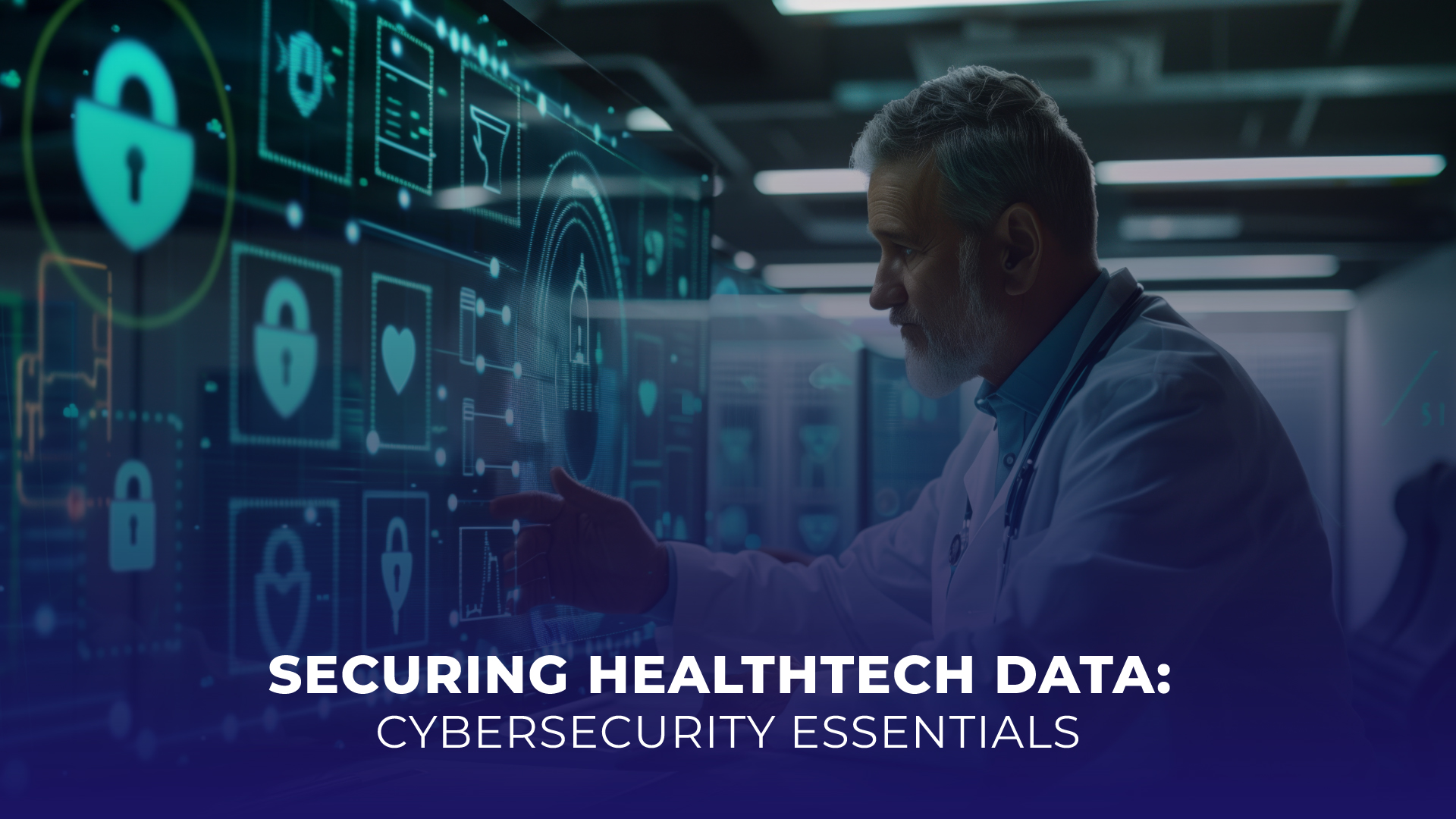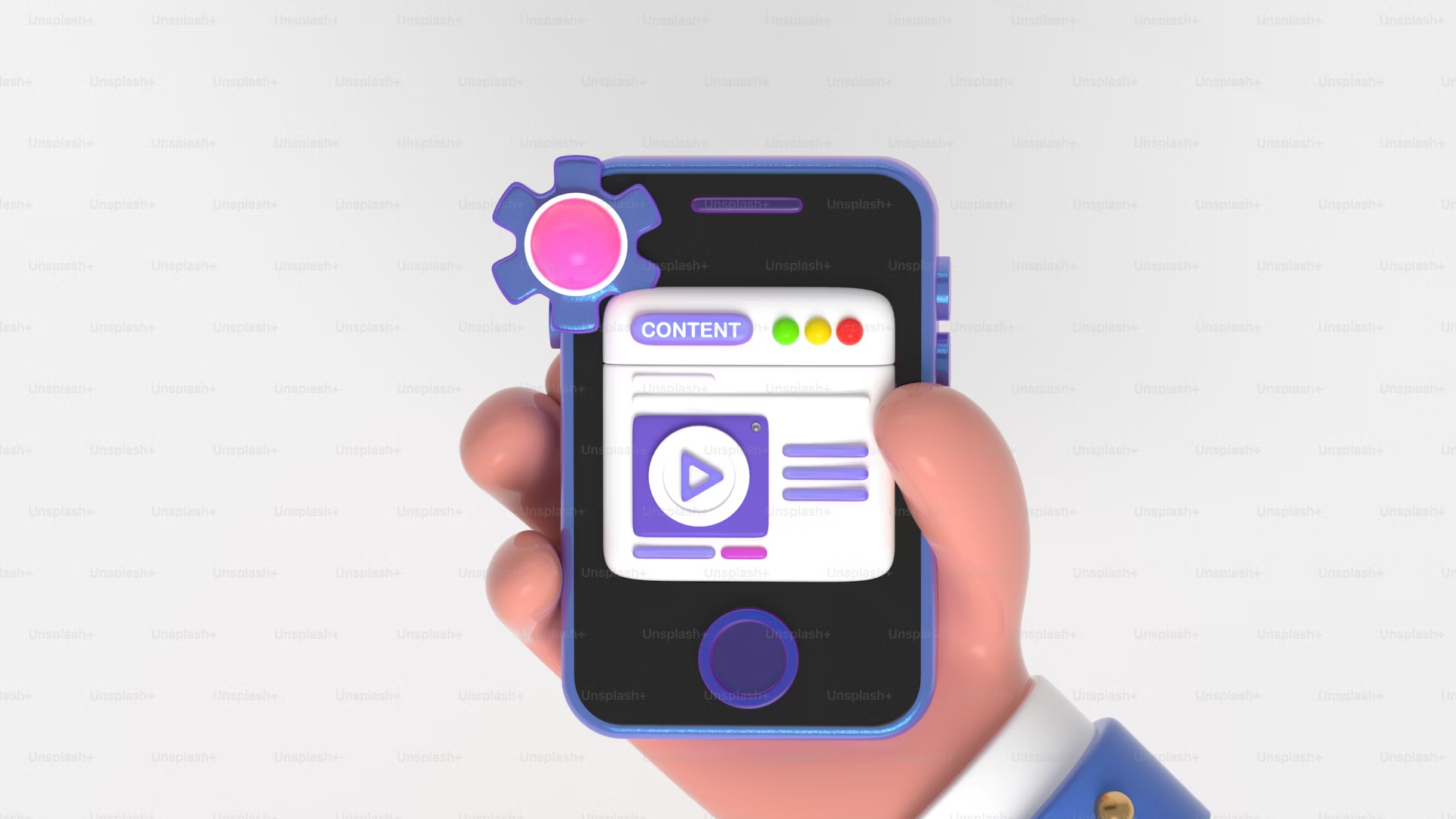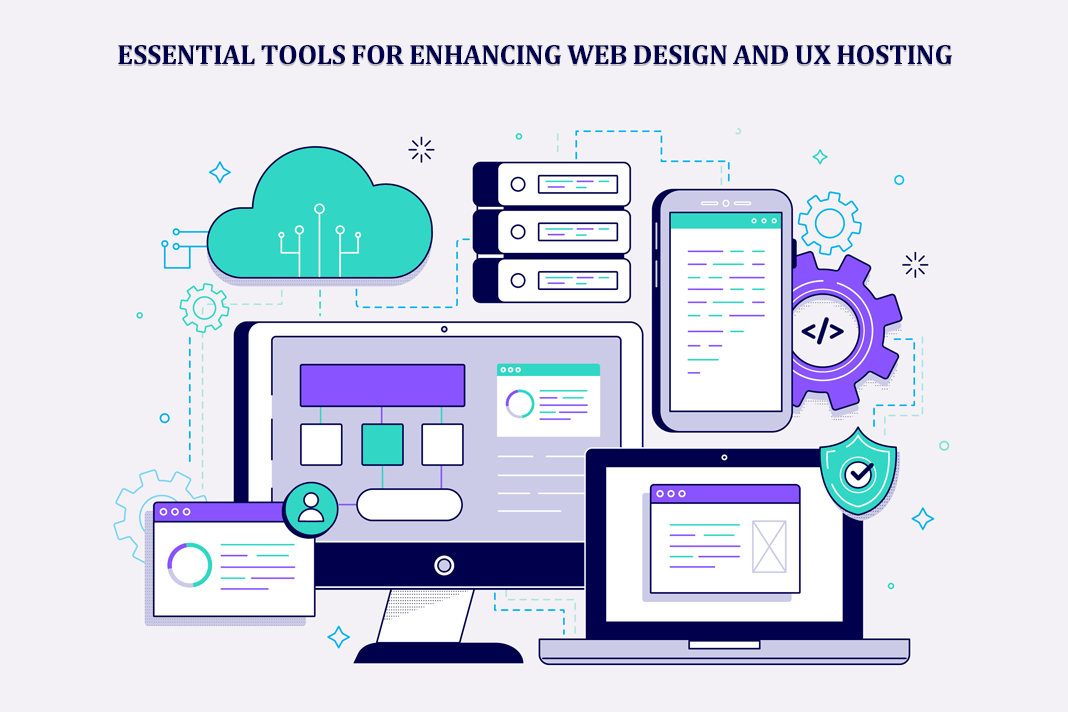Securing HealthTech Data: Cybersecurity Essentials
The healthcare sector is currently in a digital boom. HealthTech invention has changed in such a way that it has turned the way of delivering and receiving health care to a new face. From wearable health trackers to electronic health records (EHRs), HealthTech has made it possible to manage and transport health anywhere and anytime. But with this transformation comes a new challenge: The preservation of confidential patient data in a continuously changing cybersecurity scenario.
Quick Links
A healthcare data leak is a serious matter with the potential to damage the lives of many people. Patient names, diagnoses, medications, and financial details are the main targets for hackers who commit cyber robberies. These breaches can then cause identity theft, interfered care, and even physical harm if stolen data is used to change medical records.
What measures should healthcare providers and health-tech companies take to protect the data of their patients from being hacked? This blog delves into the primary cybersecurity practices that constitute the solid foundation of a good cybersecurity defense.
Understanding the Threats
Now, let us first check the types of cybersecurity threats that HealthTech is most susceptible to before we start working on the solutions.
Malware and Phishing Attacks: The malicious programs are viruses and ransomware can enter the system, and then they can steal data, or they will be able to stop the work. The phishing attacks are carried out by using email or websites that are designed to fool the users into giving away their secured information.
Unsecured Access: The basic features like the weak password, unencrypted data, and the unauthorized access points that cause the vulnerability can be used by the hackers to exploit the weakness.
Insider Threats: Grumpy workers or contractors can be very dangerous, for example, they might fall into the hands of confidential data.
Denial-of-Service (DoS) Attacks: These attacks bring the system to a standstill by offering a huge volume of traffic to it, thus, making it unavailable to the real users. The DoS attack in a hospital network could lead to the deaths of a lot of people.
Also read – Healthcare Technology Trends To Watch In 2024
Building a Robust Cybersecurity Strategy
Here are some essential steps to fortify your HealthTech data defenses:
Conduct a Security Risk Assessment. Find your most valuable assets. These include patient data and medical devices and the vulnerabilities. This is going to be the basis of your security effort.
Use strong access controls. Use the principle of least privilege to set data access based on job needs. Use strong passwords and multi-factor authentication to protect the data.
Encrypt Sensitive Data. It protects data on servers at rest and data being transferred through the internet. This difficulty arises because it is hard to read, even if someone intercepts it.
Patch Systems. Software vulnerabilities are usually the ways that attackers enter. It is often recommended to update operating systems, applications, and medical devices. You should update them with the newest security patches.
Educate and Train Staff: The workers are usually the first ones to face cyberattacks. Teach them to spot phishing attacks. They should guard their passwords and report unusual behavior.
Implement a Data Loss Prevention (DLP) Solution: DLP solutions can control data. They prevent sensitive information from being accidentally shared or leaked.
Have a Backup and Disaster Recovery Plan. Be ready for events that might occur unexpectedly. These events include natural disasters or cyberattacks. Keep backing up your data. Have a plan to recover it quickly if there is a breach.
Stay Informed: Cyber attacks are just getting better and better all the time. Register to security advisories and be aware of the current trends and vulnerabilities.
Beyond the Basics: Advanced Techniques
For an extra layer of protection, consider these advanced cybersecurity practices:
Segment Your Networks: The best way to do so is to split your network into smaller segments so that the damage from a breach can be contained.
Implement Network Security Monitoring: All the time, you should check your network for activity that is not normal and possible breaches.
Use a Zero-Trust Security Model: This model presumes that the user or device is not inherently trustworthy and needs constant verification to get access.
Embrace Cloud Security Solutions: The numerous cloud providers give powerful security features which in turn will help the health tech companies.
The Importance of Compliance
The rules and regulations are the core and the most crucial aspects of your cybersecurity plan. The information breaches can either be financial ones or those that cause emotional distress and identity theft and therefore they are very serious. The Health Insurance Portability and Accountability Act and the General Data Protection Regulation are created for the purpose of protecting such data that is very sensitive and in this way the patients’ privacy is guaranteed by the law.
Understanding and adhering to these regulations is important because:
- Avoid hefty fines. The failure to obey HIPAA and GDPR rules can lead to big penalties. These fines are huge and can paralyze a company financially.
- Data breaches can destroy patient trust. They are one of the things that can harm a healthcare organization. Following the policy shows commitment to protect patient privacy. It builds trust.
- The rules cut the risk of cyberattacks. They make it less likely that healthcare organizations will become cyberattack victims.
- It enhances cybersecurity. Complying with HIPAA and GDPR does not stop at protecting patient data. It’s also about ethics. These rules impose security regulations. They can also protect other sensitive information, like financial data.
- Improve data management. Meeting compliance often requires better management of the data. This speeds up the jobs. So, the people get more accurate and updated information.
Following HIPAA and GDPR is not just a legal duty. It is a key part of good cybersecurity. Healthcare organizations can prioritize data privacy and security. This protects them from financial and reputational risks. It also helps them build trust with their patients.
Conclusion
Ensuring the safety of HealthTech data is an ongoing task, not a one-time solution. The above strategies will be the main way to cut the risk of cyberattacks. They are for healthcare providers and healthtech companies. This will protect patient privacy. Don’t forget, cybersecurity is a common task that everyone should take part in. Each member of the organization handles protecting confidential data. This includes top management and the team on the ground.
Author’s Bio:
With our best infotech publication, Cienteinfotech , business leaders stay abreast of tech news and market insights that help them level up now.
Technology spending is increasing, but so is buyer’s remorse. We are here to change that. Founded on truth, accuracy, and tech prowess, Ciente is your go-to periodical for effective decision-making.
Our comprehensive editorial coverage, market analysis, and tech insights empower you to make smarter decisions to fuel growth and innovation across your enterprise.
Let us help you navigate the rapidly evolving world of technology and turn it to your advantage.
Why WooCommerce is the Best Choice for Your Online Store?
WooCommerce stands out as a top option for anyone looking to build an online store. This platform…
0 Comments8 Minutes
How to Use AI-Powered SEO Tools for WordPress eCommerce
SEO is a critical factor in the success of any e-commerce WordPress store. As competition…
0 Comments11 Minutes
Why Short-Form Videos Are the Future of Content Marketing
Your Instagram customers spend over 50% of their time watching short-form videos and reels. Rather…
0 Comments12 Minutes
The Role of Digital Marketing in Business Growth
Online marketing touches every aspect of a business, whether it is initiating the idea or for an…
0 Comments3 Minutes
AI Meets Authenticity: Balancing Automation and Human Touch in Content Marketing
Is your brand starting to sound like a robot? In a world where algorithms write faster than any…
0 Comments8 Minutes
Essential Tools for Enhancing Web Design and UX Hosting
Have you ever visited a website that felt slow, clunky, or confusing? A website that is poorly…
0 Comments11 Minutes
How a Mini Cart Transformed My Store’s Shopping Experience
Okay, real talk—running an online store is hard. You think you’ve got everything figured out, you…
0 Comments9 Minutes
Balancing Your Security Initiatives With Industry Compliance Requirements
Managing a business today comes with a number of daily battles that need to be fought. Resources…
0 Comments11 Minutes








